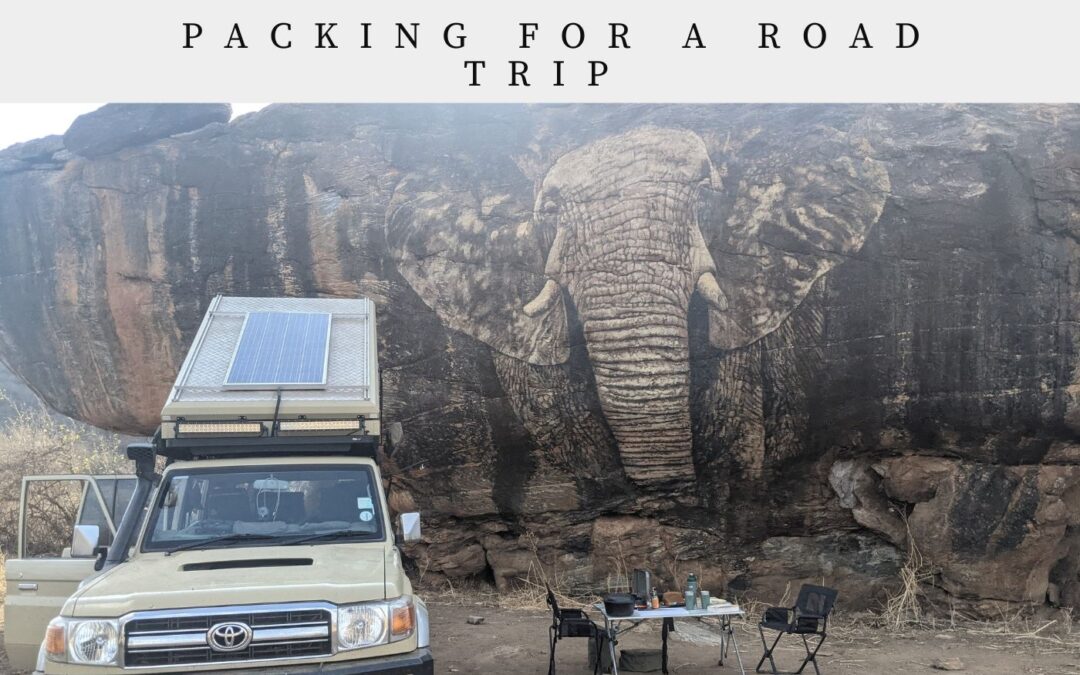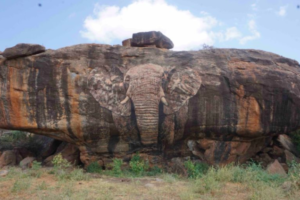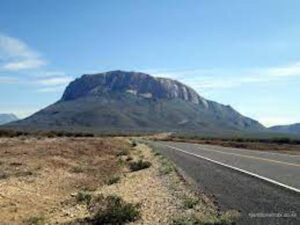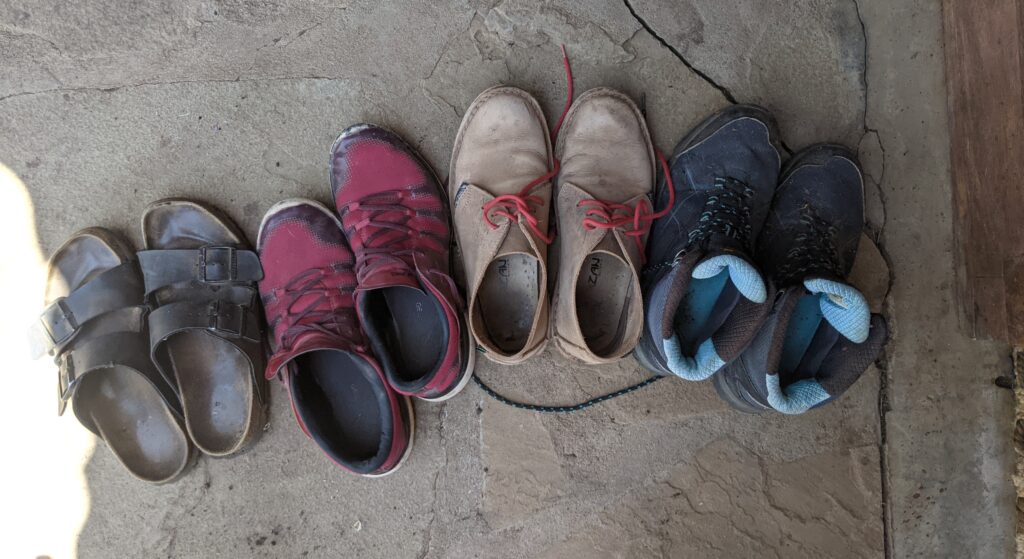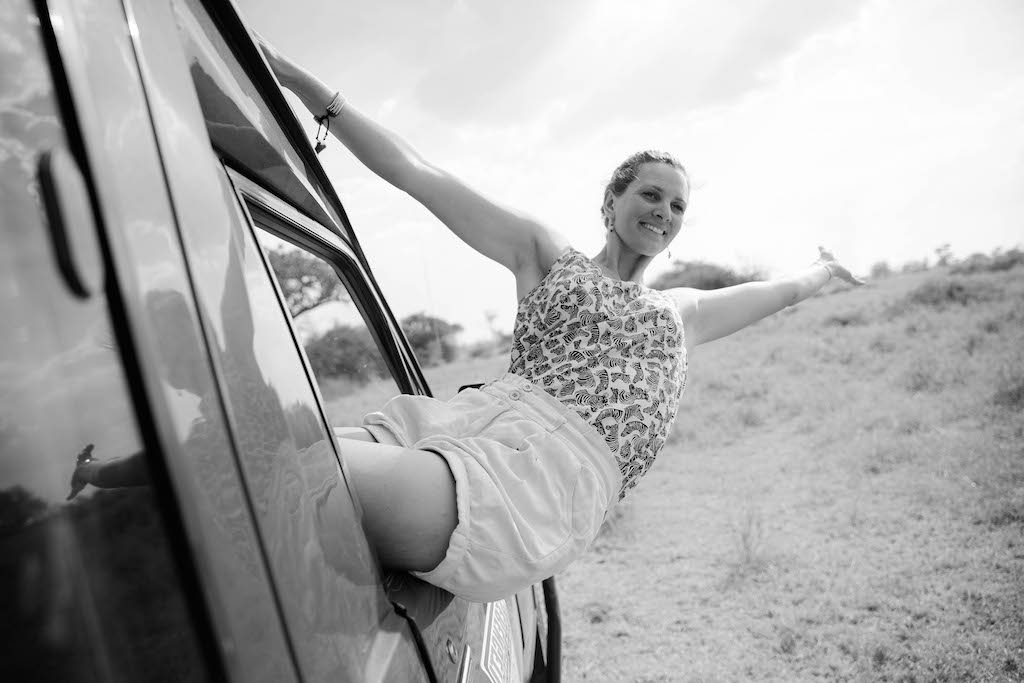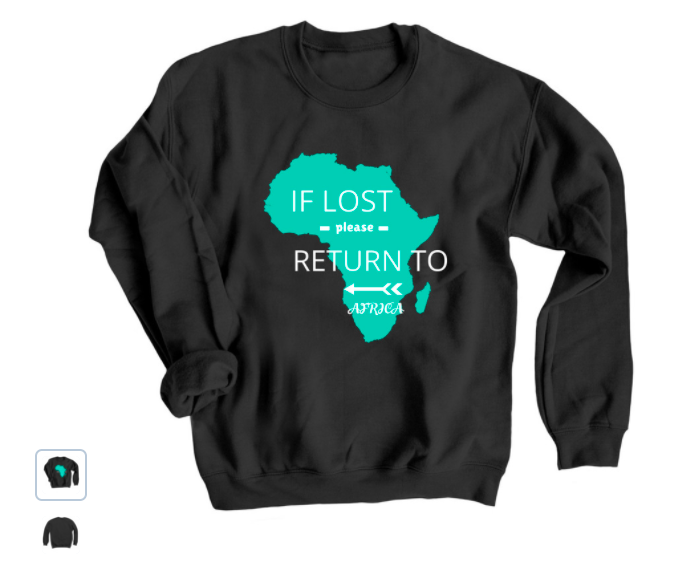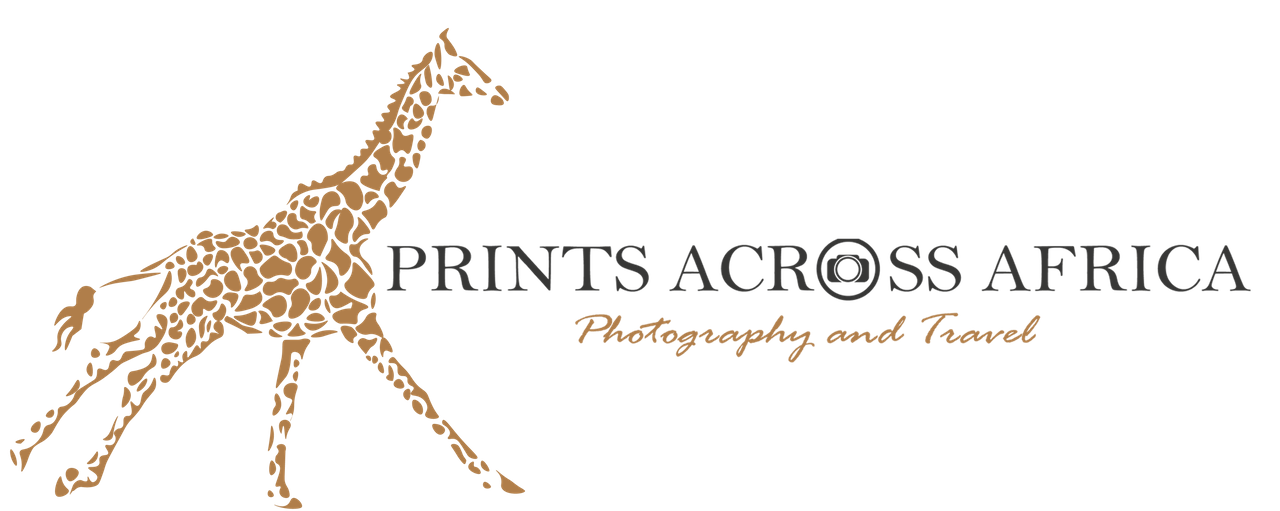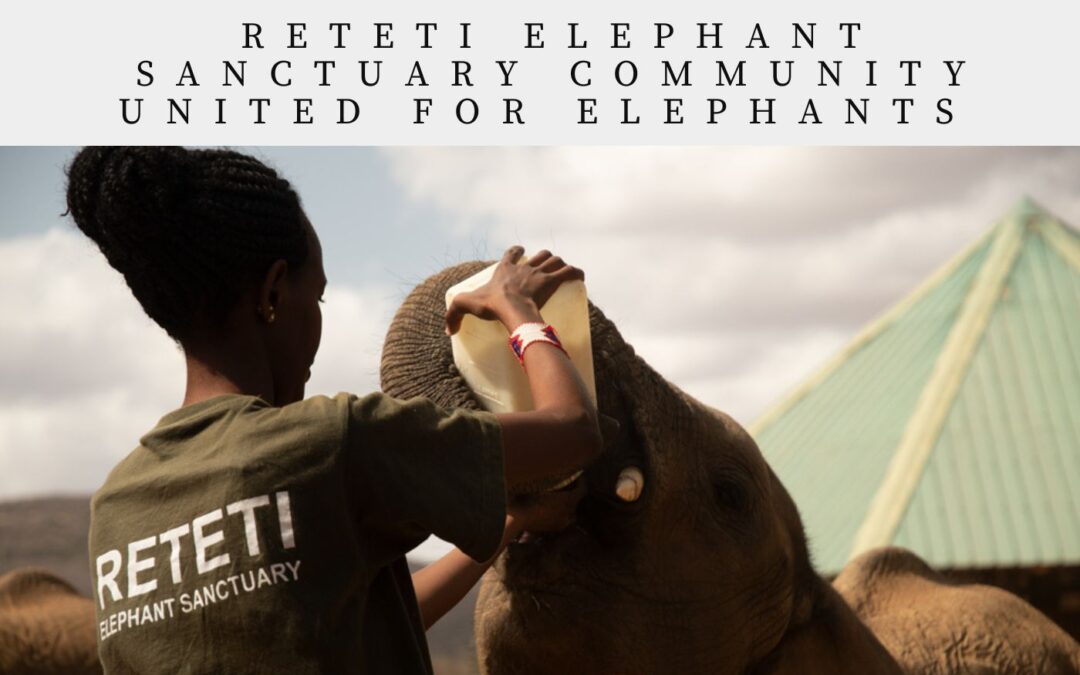
Reteti baby elephant sanctuary
Reteti elephant sanctuary community united for Elephants does exactly what it says on the tin!
Reteti elephant sanctuary community united for elephants (R.E.S.C.U.E)
Reteti was started in 2016. Its purpose is to help the increasing number of elephants who are being abandoned, separated, falling into wells or being affected by human-wildlife conflict. Previously, these elephant calves went to the Daphne Sheldrick Centre in Nairobi to be looked after. When ready, they would then be released to Tsavo National Park. While it was great that these elephants were being rescued, the people of Samburu felt like they needed to have their own centre in Samburu. The benefit is that the elephants would not have as far to travel and they can potentially be released potentially back with their original herd.
This board is on display at the sanctuary and tells you the name of each elephant and why they had to be rescued:
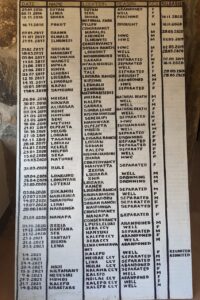
Community ownership
The Sanctuary is owned and run by the Samburu people. There are around 50 staff members to take care of the elephants. Currently, there are 33 baby elephants, 4 reticulated giraffes and 2 kudus. 10 elephants have already been successfully released back to the wild. To help raise awareness of the situation and funds to assist, tourists are allowed to visit the centre. The highlight of the visit is watching the elephants being fed their bottles and feeding the baby giraffe.
Prior to the feeding, you are taken to the kitchen where the nutritionist explains how they make up the milk. She explains what ingredients go into the milk and how they measure and adjust the formula for each individual elephant’s needs. Interestingly they have just started using goat milk with the formula and have found it to be pleasing to the elephants. This is great news as it now provides business for local Samburu herders who can sell their milk to the sanctuary. There are many other ingredients that go into the milk. Including human baby formula, honey, calcium, baobab mineral mix, multivitamins and even salt to ensure that when they go back to the wild they are used to saltwater. The exact amount and ingredients depend on the size, age and needs of the individual elephant.
Feeding time
When it comes to feeding time a wheelbarrow of milk bottles is taken to the feeding area and you are shown to the observation deck. The elephants are waiting impatiently at the gate. Each keeper has a bottle with the elephant’s name on it and they have to identify their elephant and give them the correct bottle. This is quite difficult to do when the elephants are running at you full speed, trumpeting and demanding their milk!
It doesn’t take them long to guzzle down their bottle and they then the second wave of elephants are let in. When all the elephants have full belies they are left to play in the water, wallow in the mud and snooze in the shade. The elephants get fed every 3 hours, day and night.
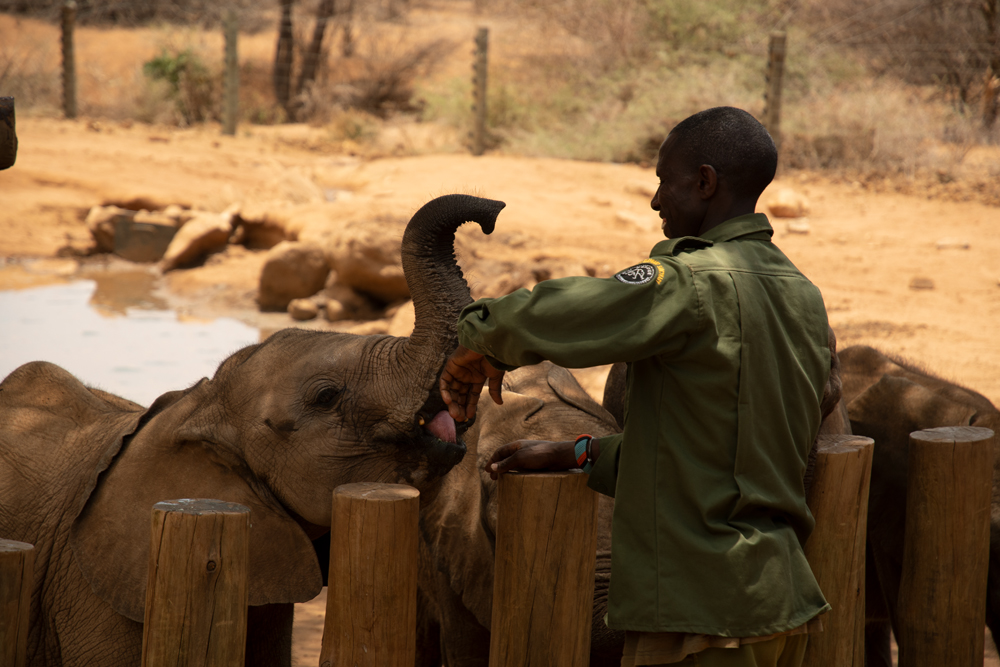

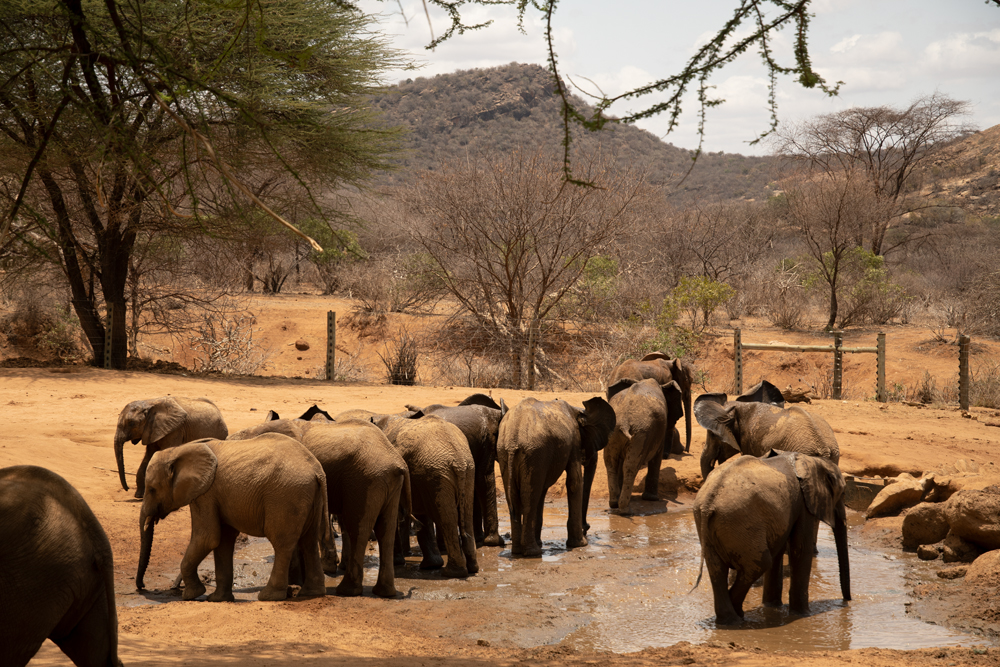
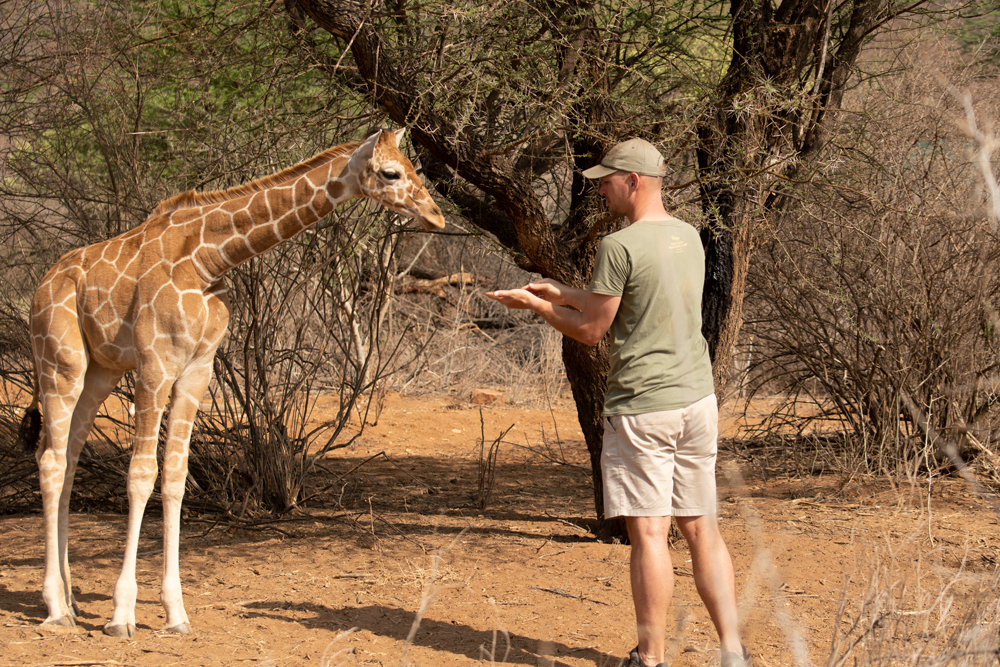
Once the excitement of the elephant feeding is over then come along the baby giraffes (already taller than me). They are also due their bottle and come up to the observation deck demanding their food. If you’re lucky you might actually be able to feed them, but you might have to fight them to get the bottle off them once all the milk has gone!
Costs
To visit the centre cost $20 per person for foreigners or 150 Kenyan Shillings for Kenyan residents. This money goes directly into the centre to help with the costs of feeding and looking after the elephants (and giraffes). There are also T-shirts available for sale (like the one I am wearing below) for $30.
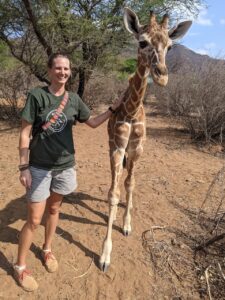
Logistics
The sanctuary is located north of Nanyuki, in the Namunyak wildlife conservancy, Samburu region. Once you get off the tarmac road it is about 45 minutes down a dirt road. The sanctuary is close to Mt Ololokwe, Samburu, Shaba and Buffalo Springs so you could combine it with a visit to any/all of those places. To read more about other places to visit in northern Kenya read this blog post 5 must-see places in northern Kenya.
It is best to tell them in advance when you are planning on visiting, they do sometimes have exclusive viewings meaning you might have to wait around another 3 hours if you happen to turn up on one of these. Also in April and May, the dirt road can get worse due to the rains so email l ahead to check if it is accessible.
Email: info@retetielephants.org
Accommodation
Reteti its self has no accommodation. The best place to stay in my opinion for self-sufficient campers is elephant rock, it is just 5 minutes away from Reteti. The elephant rock is the site where the community used to meet to discuss starting the elephant sanctuary. A French artist called Youri Cansell has painted a beautiful elephant mural on the rock. There are no facilities here so if you would like to stay here you have to have everything with you that you will need. For example cooking facilities, water, tent, sleeping bag etc. You also need to arrange for 2 rangers to be with you throughout the night for safety. This can be organised through Reteti.
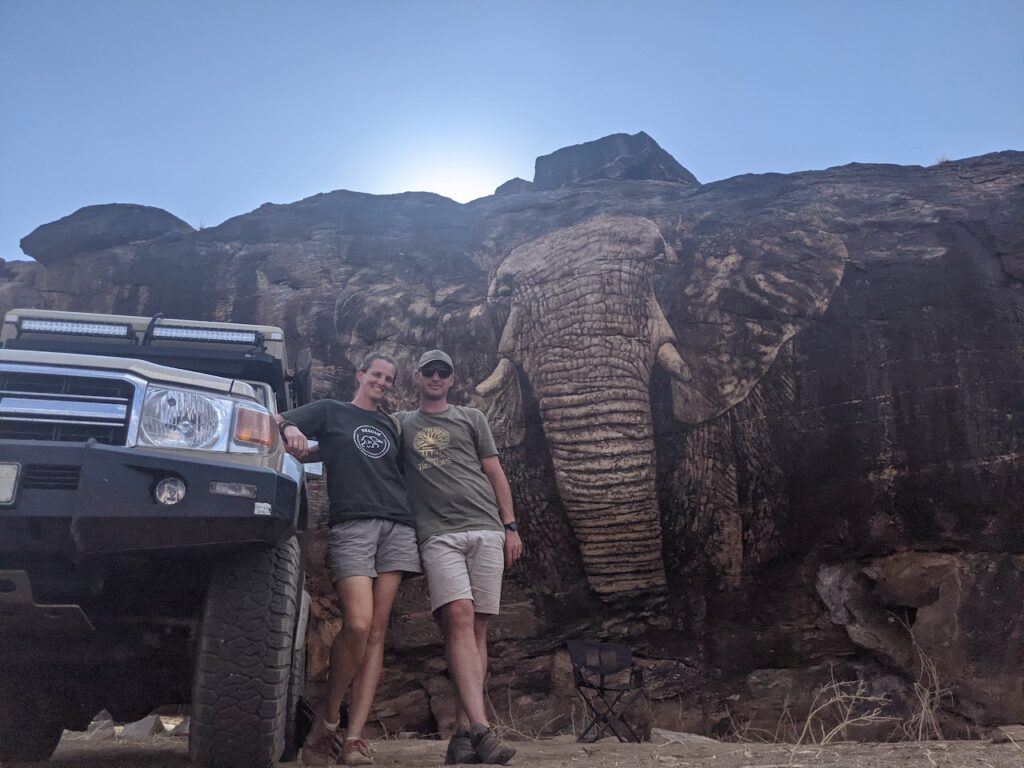
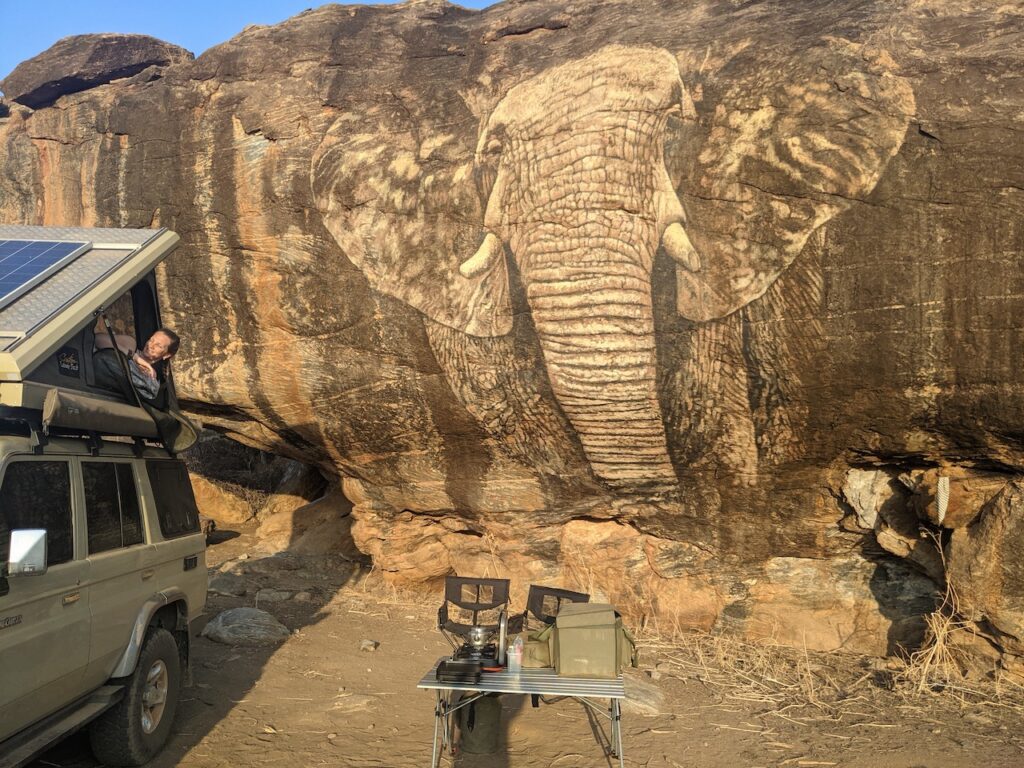
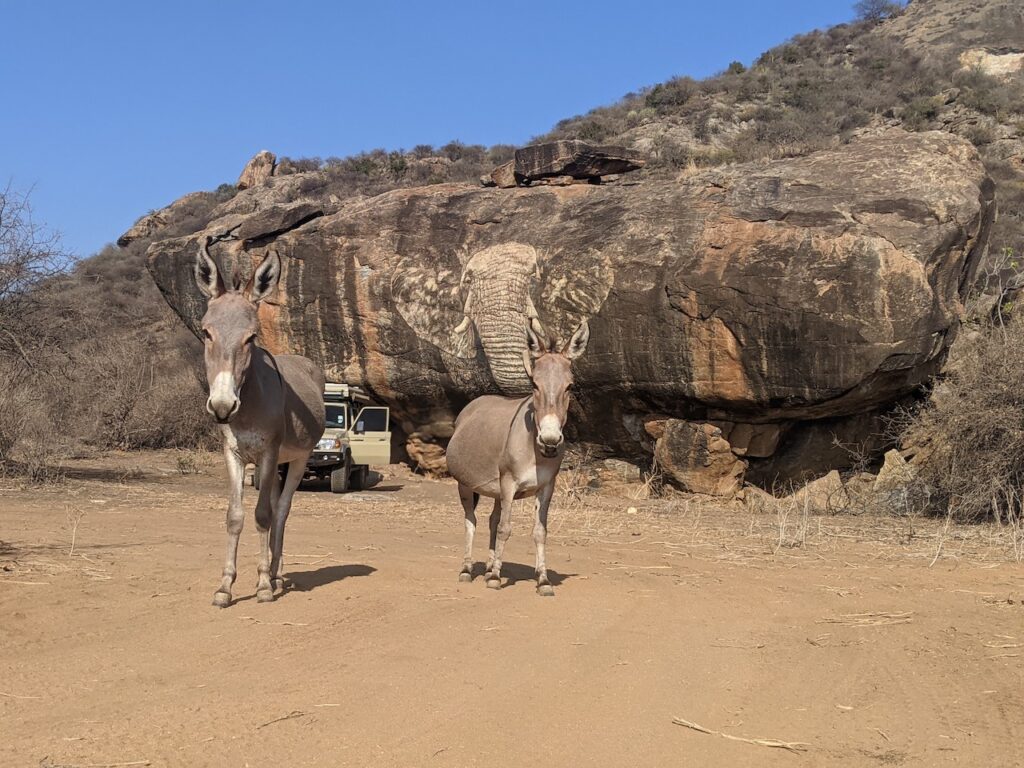
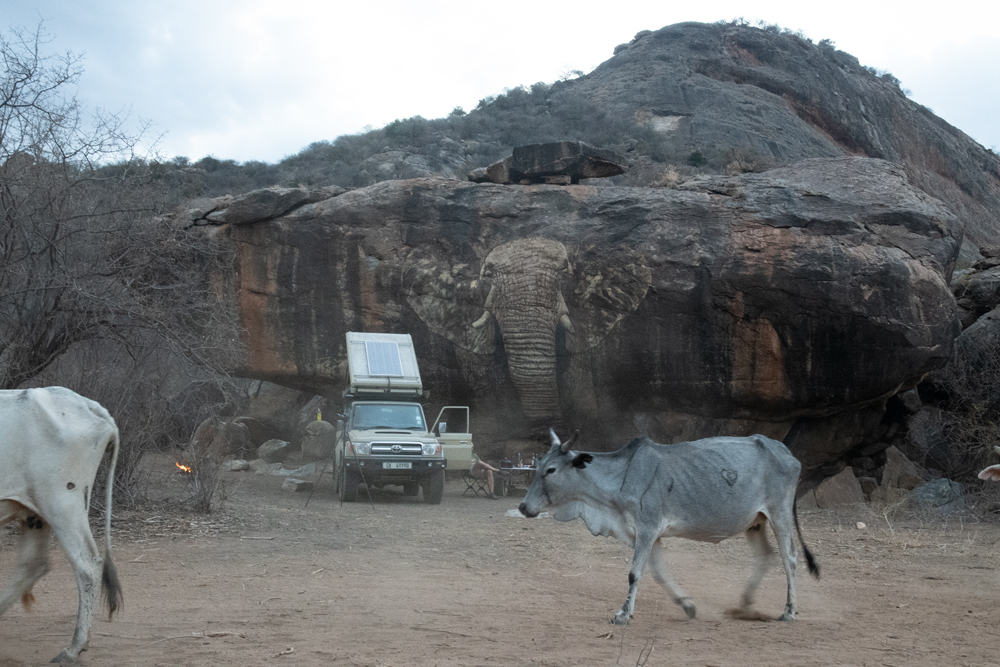
Non Camping accommodation
If you are not equipped for camping then another option is Lion Caves Camp which is just off the other side of the tarmac road, so a maximum of an hour away. Rooms are comfortable and reasonably priced ($75 for the room plus breakfast per couple). The rooms have a wonderful view over the river and the large overhanging rock is the perfect place for a sundowner in the evening.
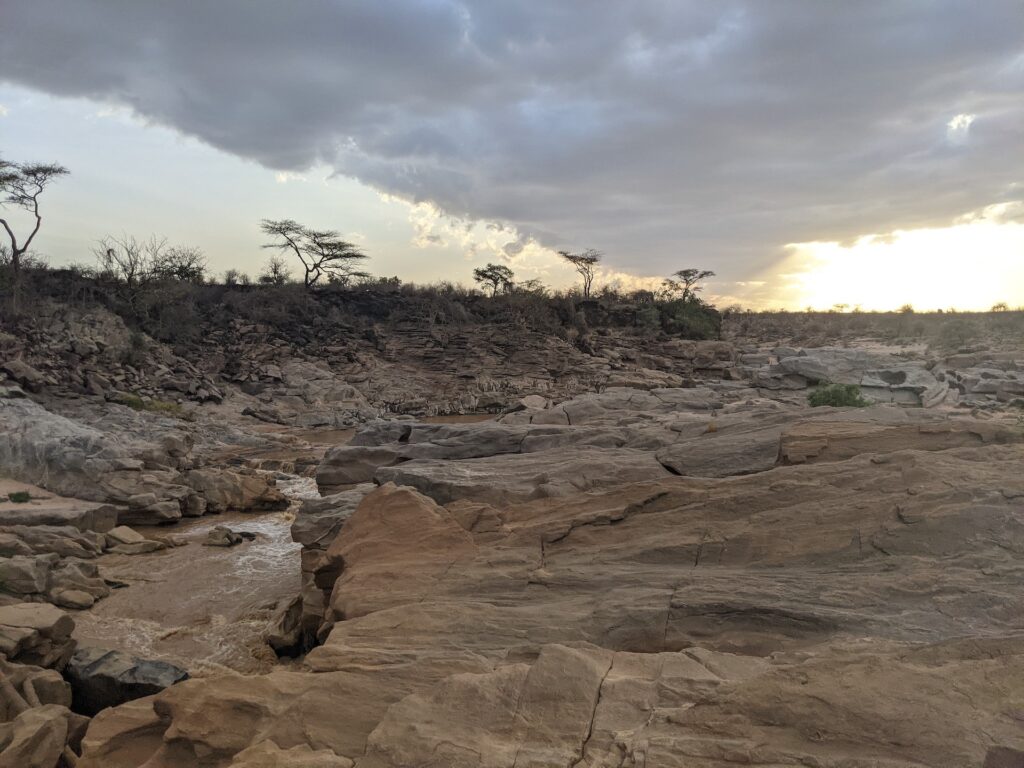
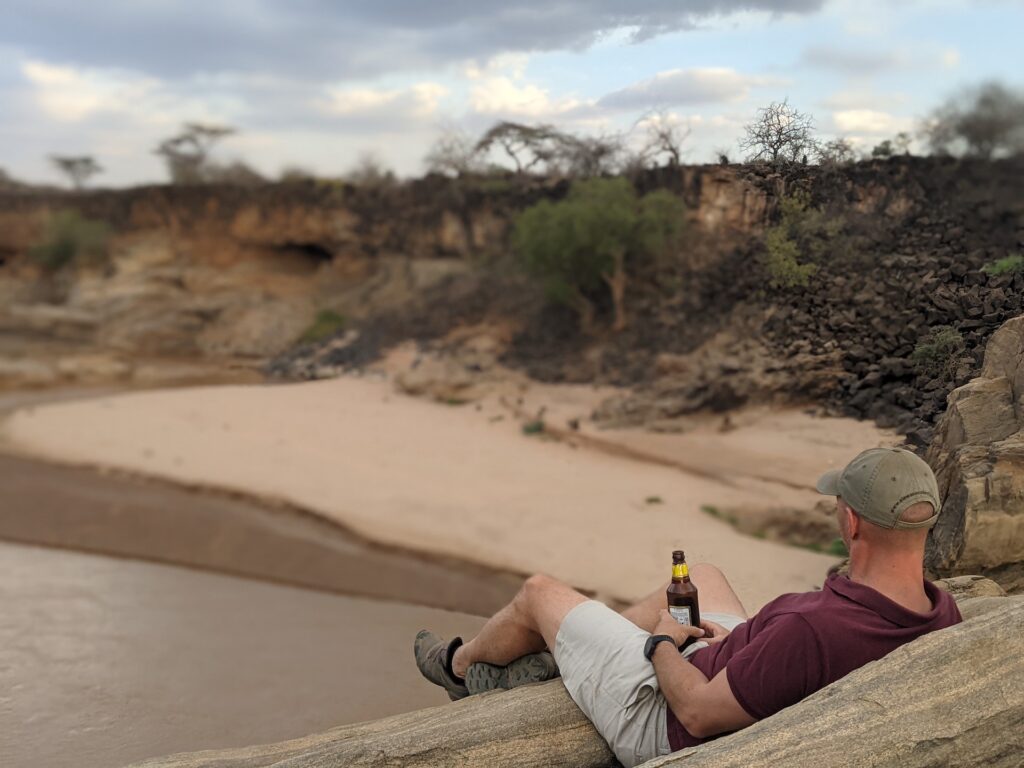
I would highly recommend visiting Reteti Elephant Sanctuary, you get to witness first-hand what a united community can achieve, feed cute baby animals and feel good while doing it as your money help them to be able to rescue more animals in need!
Have you been to Reteti, what was your experience like? If you would like to know more comment below and I will assist as best I can.

